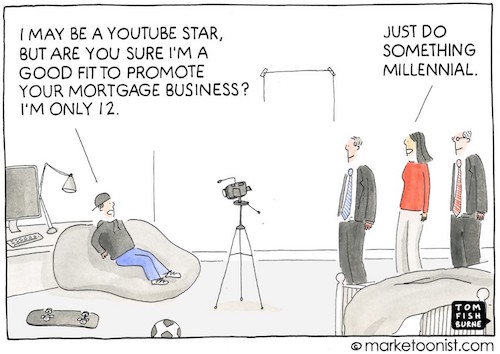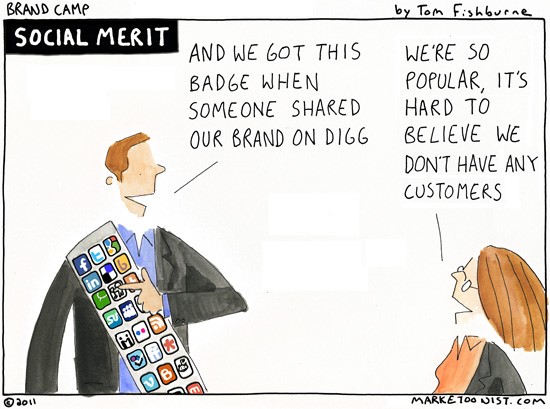
There is no shortage of influencer marketing experts out there and our research shows we have more influencer tools/technologies than you can shake a stick at. So the question begs to be asked and answered – despite all the resources available to them, why do brands still keep screwing up their influencer marketing programs?
Here are the top 3 reasons we’ve seen for most influencer marketing fails.
1. Brands pick the wrong influencer

One of our clients on Wall Street recruited a celebrity influencer who then went on national television and bashed their entire industry for having unethical business practices. Holy smokes! Talk about having egg on your face. Kudos to the influencer for being forthright but the brand missed a key step and forgot to check how this influencer really felt about them.
If the brand had done their homework, they could have anticipated this rather than literally paying this influencer to badmouth them. This type of ignorance is common, especially among brands who outsource their influencer marketing to agencies who do not understand the brand or the audience well enough. Sometimes all it takes is one good conversation with the influencer, reading their past content/interviews to confirm their values are aligned with those of the brand.
2. Brands treat influencers like “hired guns”
To put it simply, brands who run one-off campaigns with different influencers are like my friend Joe who dates a different woman every month. It’s a load of fun but without any long-term prospects. Many brands “date” but don’t cultivate long-term relationships with influencers because building meaningful relationships takes time and effort.
Calvin Zito, Blogger and Evangelist at Hewlett Packard Enterprise says, “The wrong way to engage influencers is to expect the influencers to cover your story every time and even when it’s not relevant to their audience. This ruins the influencer’s credibility and taints our brand in the process. The key is to focus on building the relationship and trust that the influencer knows their audience (better than you do).”
While it’s easier to have one-off engagements, the ROI on working with influencers long-term is much higher because they don’t have to be “sold” on your brand. They constantly represent your brand and not just during your campaign so they can contribute content/experiences that are much more authentic.
An influencer that represents your brand today and your competitor tomorrow hurts their own credibility as well as yours. In the example I shared under #1, the blame is evenly split 50:50 between the brand and the influencer. The influencer should have turned down the brand’s request, given his negative sentiment towards the financial industry.
Influencers who will work for any brand aka the “highest bidder” only have themselves to blame for their sullied reputation as a “paid shill”.
3. Over-reliance on meaningless metrics
Too many brands invest in influencer campaigns to hit a certain number that will impress management rather than based on any clear objective. My colleague at a well-known consumer brand was frustrated by the numbers reported by the agency for their most recent influencer campaign. The results were jaw-droppingly huge but they made no sense. The impression counts were in the billions suggesting that every adult on the planet had seen their campaign at least once.
Say we give our agency, the benefit of a doubt. How meaningful are these metrics to your business goals? Did these gazillion impressions raise awareness of your brand with the right audience, change their view of your brand, or convince them to consider/ buy your product/service? If you didn’t connect with the right audience and you didn’t move the needle on any of the key metrics that matter to your business, then that money would have been better spent elsewhere.
Here’s a bonus #4 for making it this far!
4. Admit nothing. Deny everything.
One common trait among all failed campaigns (and businesses) is denial. Most brands don’t even realize that anything’s wrong with the way they run their influencer campaigns. That’s because they move from one super-duper campaign to the next so fast, they don’t have time to think about what did or did not go well with their last one. The first step is admitting that everything may not be as hunky dory as it looks.
For successful influencer engagements and outcomes, brands need to look beyond just social reach numbers and audience demographics to make sure that the influencers they engage are the right fit for their brand.
Brands need to “date” less and invest more time on relationship-building with influencers.
Lastly, it’s time brands started paying more attention to the right metrics. Relying on pseudo metrics to justify mediocre influencer engagements won’t save anyone’s business (or job) in the long run.
Image source Marketoonist

